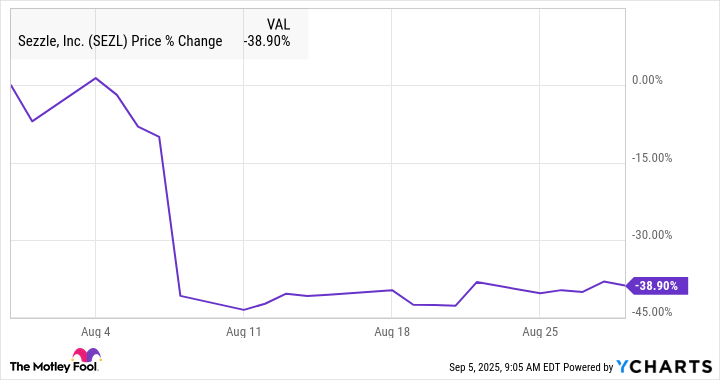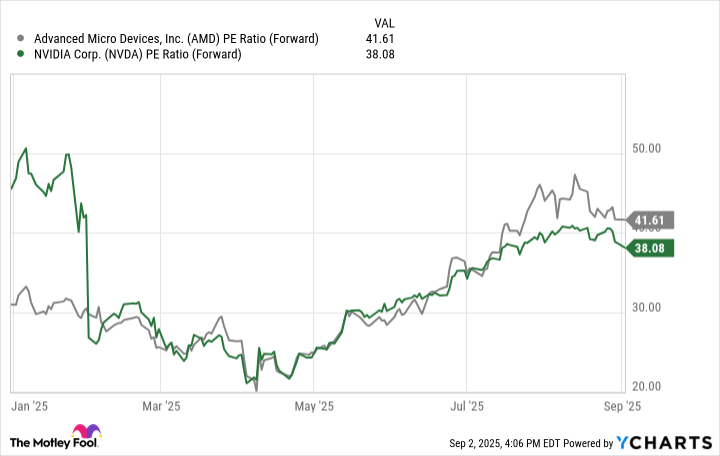In “NCIS: Tony & Ziva,” premiering Thursday on Paramount+, two popular characters from the CBS military procedural “NCIS,” have been brought back after several years and given a series of their own. Michael Weatherly and Cote de Pablo, as special agents Anthony “Tony” DiNozzo and Ziva David, so occupied the romantic fantasies of viewers that their names were portmanteaued into “Tiva.” (You can find thousands of instances of Tiva-themed fan fiction online.) As to the will-they, won’t-they of the relationship, they finally did, before they didn’t, and now they have a 12-year-old daughter, Tali (Isla Gie), whom they’re amicably co-parenting.
I have looked in on the franchise now and again, professionally, as new iterations have extended the length and breadth of the brand, which technically reaches back into “JAG,” from which it was spun off. But I’m not even going to attempt to pretend to have any real expertise in the adventures of a large rotating cast over 22 seasons. (It’s been renewed for a 23rd.) But I respect the institution — the original of which has been and may be now America’s most watched series — and its longevity, as I will salute your long marriage.
At the same time, once you know the basic premise of the show — it’s an elite military police procedural — it’s not hard to figure out where you are, wherever you drop in. The characters may be heroic or eccentric, but they’re heroic or eccentric within a recognized mold, with enough individual personality to make them lovable over a long run, and you can pick up on the interpersonal vibes pretty quickly.
Unlike earlier “NCIS” series, all based on broadcast television, “Tony & Ziva” is platformed on Paramount+, which means that characters utter a bad word now and again — it doesn’t get much edgier than that, and despite the sexual heat it’s hardly racy — and that there’s a budget which allows for foreign locations and big action scenes. And where the earlier shows, notwithstanding soap operatic long arcs, are fundamentally episodic, “Tony & Ziva” is a serial story, stretched over 10 episodes. Whether it’s stretched to breaking, we’ll have to wait and see; only four episodes out of 10 were offered for review.
The crime-fighting combo of a roguish guy and a no-nonsense gal is familiar from “Moonlighting” and “Castle.” Even the fact that the title joins Tony and Ziva with an ampersand and not an “and” indicates a certain lightness of tone, and when Tony, speaking of his company, says, “We try to walk that fine line between techno thriller and workplace comedy,” he is, of course, describing the very series he’s in. A strain of comedy is common to team-based procedurals, and it’s certainly part of what’s kept “NCIS” going strong all these years.
Given that the American brand hasn’t been as toxic, internationally and domestically, since the Vietnam era, possibly, and that “NCIS” series show around the world, it’s just as well that the presumed villains are (apparently) not the anti-American, freedom-hating terrorists one often finds in these things, but Bond-type stateless actors merely seeking power and money.
Additionally, the series — whose earlier iterations have been based in Washington, Los Angeles, New Orleans, Hawaii, Sydney and, in last year’s prequel, “NCIS: Origins,” exotic Oceanside, Calif. — is set in Paris, where, having gone civilian, Ziva has opened a fancy language school and Tony runs a high-end security service. (Among his clients: Interpol. You can’t get more European than that.) Along with easy access to croissants and café au lait, our heroes have the benefit of not having to wax patriotic about a country in which they no longer live. It feels very 2025.
The series’ MacGuffin is a magical thumb drive that, when plugged into a computer system, can seemingly do anything at all; possessing it, therefore, is an issue for both the good guys and the bad, into whose respective hands it goes in and out. When villains use it to frame Tony for extorting money from a hospital and threaten Tali’s life, Tony and Ziva are dragged back into a life of running, shooting, reckless driving and fisticuffs. “Two words,” says Tony, observing Ziva take apart a thug endangering her daughter. “Jewish mother.”
Most important, it puts the pair on the run together — the opening episodes find them (ostensibly and/or actually) in France, Italy, Switzerland and Hungary — and into constant close quarters, where old tender feelings simmer and the question of sharing a bed arises, as in “The 39 Steps,” the greatest of all innocent-and-on-the-run romances.
Ziva, whose pre-NCIS employment was as an assassin for the Israeli secret service — perhaps not the best job for a TV heroine to have on her resume nowadays, but it’s not an issue here — has hung on to an arsenal and plural safe houses. (“Have I ever told you how deeply I appreciate your paranoia?” Tony tells her.) And they’ve both kept their old NCIS badges, which they will flash to dazzle security guards and the like.
Along the way they pick up Boris (Maximilian Osinski), a non-aligned Russian hacker who made the MacGuffin in the first place, and his chirpy fiancee Fruzsi (Anne-Marie Waldeck), who provide both comedy and the image of a healthy, all-in romantic relationship to contrast with that of our hesitating heroes. Filling out the ranks are Tali’s capable nanny, Sophie (Lara Rossi), and Tony’s resident tech whiz, Claudette (Amita Suman), because you apparently can’t plot a thriller anymore without computers at the center of things. By virtue of being Tony’s friend and Tali’s godfather, Interpol exec Henry (James D’Arcy) is the sort of character you expect to turn out to be bad, though it’s up in the air. I’ll say no more about Martine (Nassima Benchicou), other than that Benchicou is very good at being very bad.
Created by John McNamara (“The Magicians”), not previously part of the “NCIS” world, “Tony & Ziva” can be quite absurd, depending heavily on suspensions of disbelief, or a viewer just not thinking too hard. This does not set it apart from a great many such screenplays, and the series does not shy away from genre tropes — the car chase through a marketplace, a fight with a seemingly unbeatable big bald bruiser. Indeed, it embraces them.
But what makes the show worth watching are Weatherly and De Pablo, two extremely attractive middle-aged people with genuine chemistry; he’s superheroically unflappable without ever seeming anything but a regular Joe. She’s sad and serious and not to be messed with. They’ve been around; they have worn edges, and when they intersect, it generates something authentically sweet, as real as the rest of the series is improbable. There’s a reason for all that fan fiction.





















